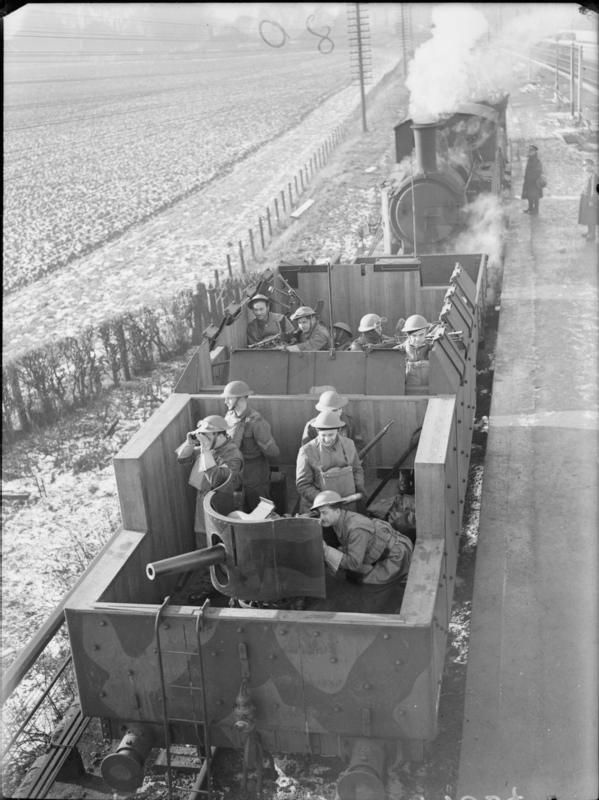Well Phylo, I'm really grateful that you're not trying to suggest that it was your famous "small working party" that put up this fierce A.A. fire while at the same time servicing and repairing aircraft and keeping the officers' mess running
Ahem....you DO realise that RAF ground staff assigned defence duties
STOPPED doing their other duties and manned their guns...
or took cover???
P.S. regarding the "officers' mess" You DO know where it was, don't you??? And
why it wasn't actually affected by the attack on the airfield?
AND why mess staff wouldn't be dashing to gun positions at Lympne ELG???
It was actually some considerable distance away at "Port Lympne" the house previously owned (until his death in July 1939) by Sir Philip Sassoon, former Undersecretary For Air and former honorary C.O. of No 601 Sqn at Lympne between the wars...
And of course...I can't help noting in your rather brief exerpt(s) from the 6th Somerset Light Infantry...
Nevertheless, whoever and whatever was left were still capable of putting up a spirited defence, according to the 6th Somerset Light Infantry who were nearby (Bn HQ in Burmarsh). Intelligence log for 1 Sept.:
“Six German fighters converted to bombers MESSERSCHMITTS attempted to bomb LYMPNE aerodrome. Only about 4 bombs dropped as A.A. gun fire so fierce that raiders were driven off before completing attempt. One bomb fell on No 1 A.A. gun pit + killed 1 gunner injuring another 3. HURRICANE plane which landed for repair from previous fight damaged and put out of action.”
...that there's no mention of
WHO provided this fierce A.A. fire.....the remaining guns of the 55th LAA Regt or RAF personnel on the airfield! Given that
ErPro210's speciality was low-level, fast,
no-warning raids...ONE of those groups of defenders is far more likely to be
AT their guns when the bomb-armed messerschmitts arrived -
and one wasn't...
Well, in spite of my doubts, the Somerford (Hampshire) Home Guard managed to squeeze a 6pdr into a Campbell Car, probably a little later in the war
The Campbell Car conversion, I would assume, dates from 1942 or later; it's not very likely any brand new armoured cars were issued to the HG in the desperate days of 1940, and even if they had been it's not likely the HG would have been allowed to cut away the armour and install armament according to their own ideas.
It might be an idea to try and chase down some more FACTS on that, rather than relying on layered
assumptions like that...
Twenty years ago we had Johnny Cash, Bob Hope and Steve Jobs. Now we have no Cash, no Hope and no Jobs....
Lord, please keep Kevin Bacon alive...





